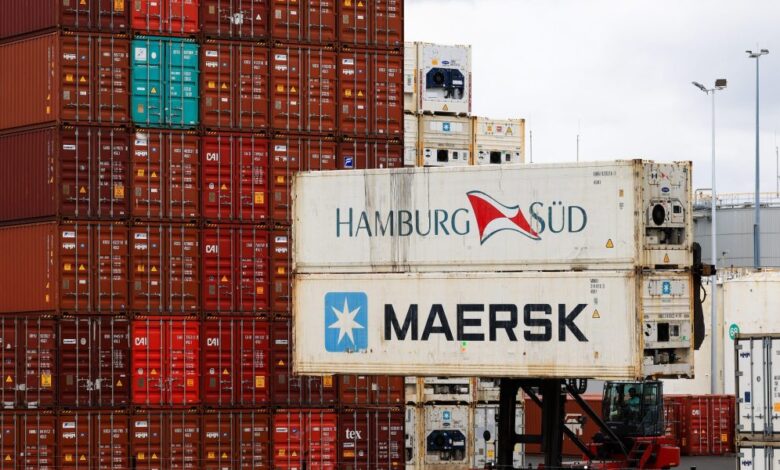Navigating Global Supply Chain Challenges: The Right Path Forward

In the wake of geopolitical tensions, disruptions from the COVID-19 pandemic, and global conflicts such as the war in Ukraine, the concept of de-risking in global supply chains has taken center stage. The recent World Economic Forum in Davos saw leaders like European Commission President Ursula von der Leyen and French President Emmanuel Macron emphasizing the need for self-reliance within the global value chain (GVC). However, the pursuit of security within the supply chain is a delicate balancing act that may come at a price.
The overarching goal of self-reliance is clear, but the methods employed matter significantly. The use of tech export controls, as seen in the U.S. and soon in Europe, is deemed by some as counterproductive. Such measures against China may inadvertently accelerate the development of China’s technological capacity, creating a paradoxical situation. Additionally, these controls limit opportunities for international collaboration, putting countries like Indonesia, Thailand, and Vietnam in the challenging position of choosing between U.S. and China-centric supply chains.
Massive state subsidies, another approach, pose problems by distorting international competition and potentially leading to regulatory capture. They can disrupt the international trading system, and the dependency of benefiting companies on subsidies raises concerns.
Friend-shoring, or the inclination to trade primarily with allies, presents challenges as well. Research from the International Monetary Fund and the World Trade Organization warns against a world split into rival trade blocs, predicting serious financial fragmentation and substantial GDP losses.
So, what is the right path forward? Two key pointers emerge:
- Leveraging the World Trade Organization (WTO): Despite attempts to undermine it, the WTO remains the best platform to address supply concerns related to China’s state capitalism. Negotiations within the WTO, especially in areas like e-commerce and data protection, can foster constructive engagement between major players, including the U.S. and China.
- National Policy Frameworks for Resilience: Rather than narrow, targeted interventions, countries should focus on comprehensive national policy frameworks that promote resilience through innovation and export diversification. The Supply Chain Resilience Initiative (SCRI) by Japan, India, and Australia serves as a model, emphasizing getting the basics right in each country rather than attempting to defy comparative advantage through trade-distorting measures.
In conclusion, as nations grapple with the complexities of global supply chain challenges, the emphasis should be on putting their economic houses in order. True security within the global value chain comes not from restrictive measures but from fostering genuine resilience through sound economic fundamentals.


